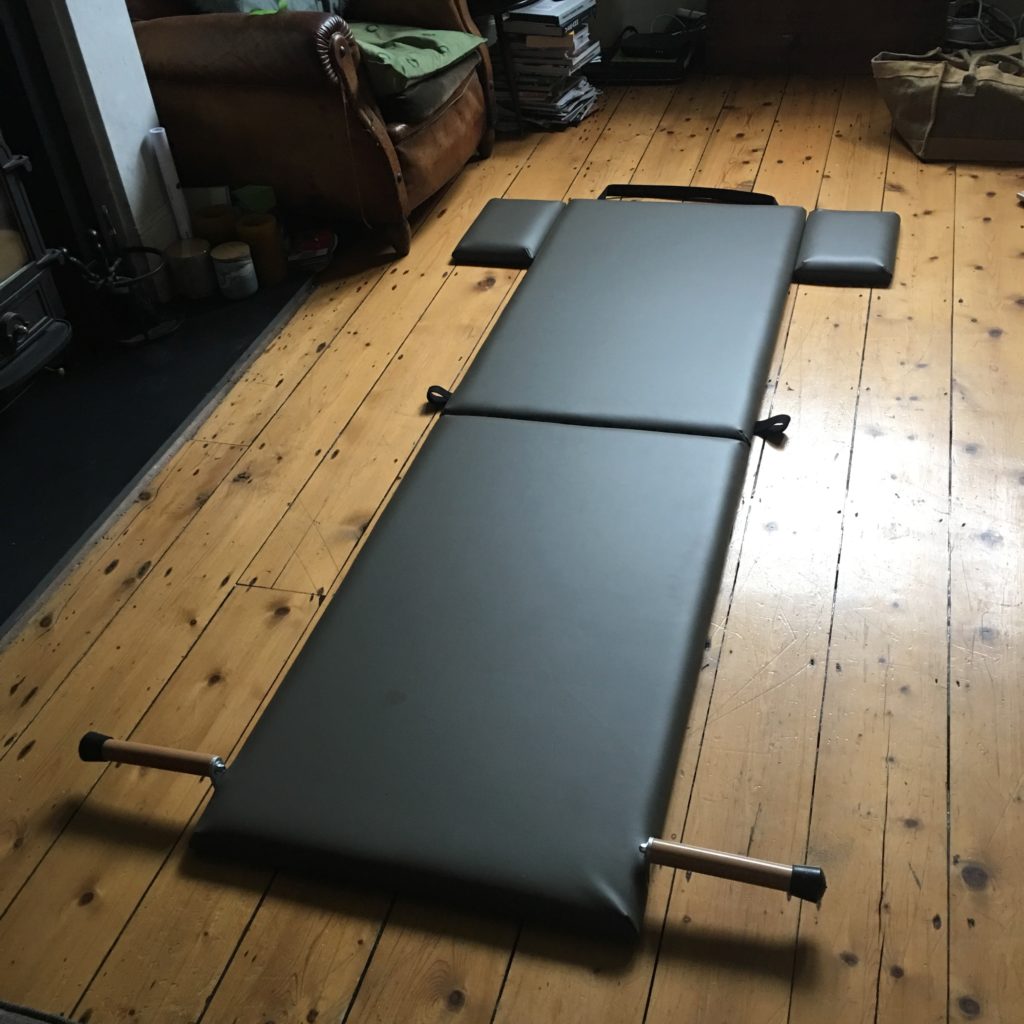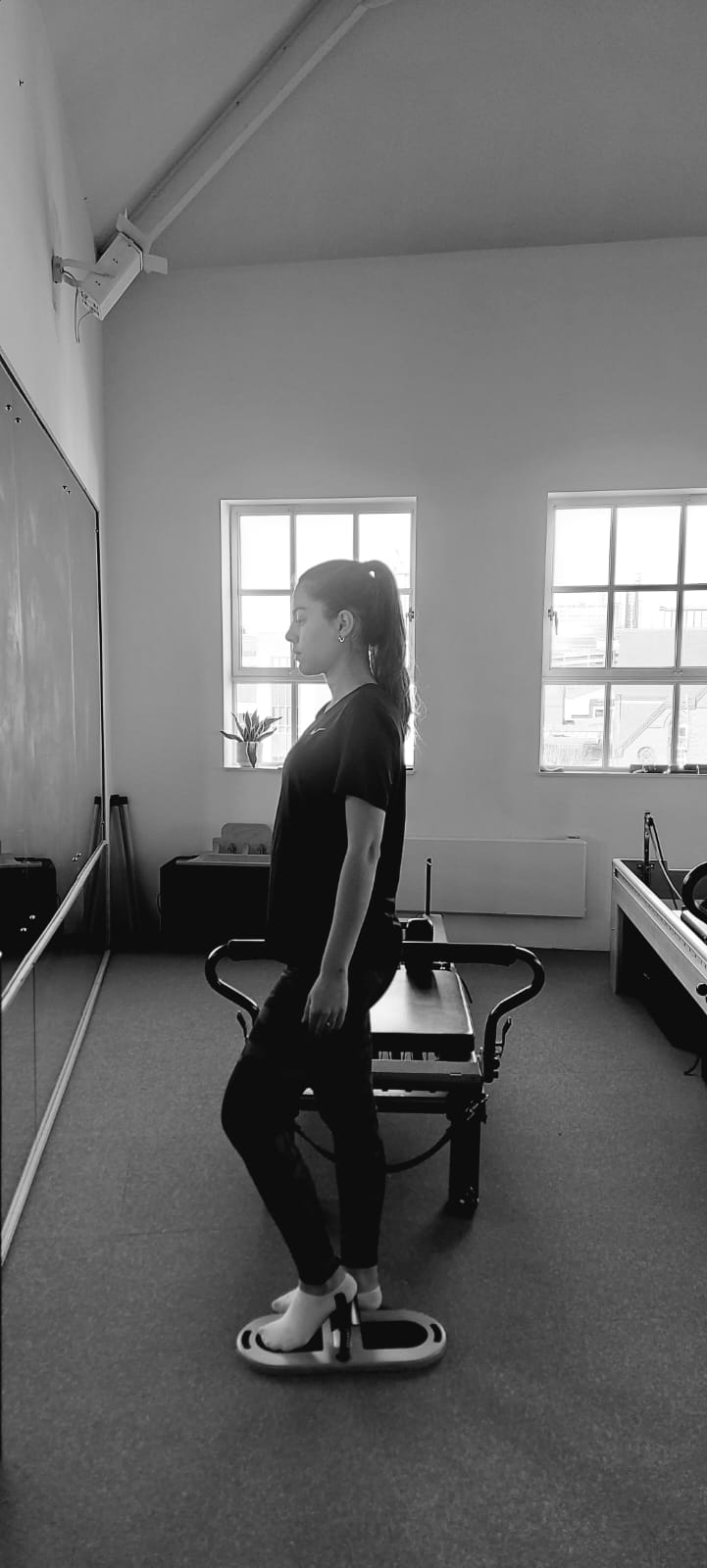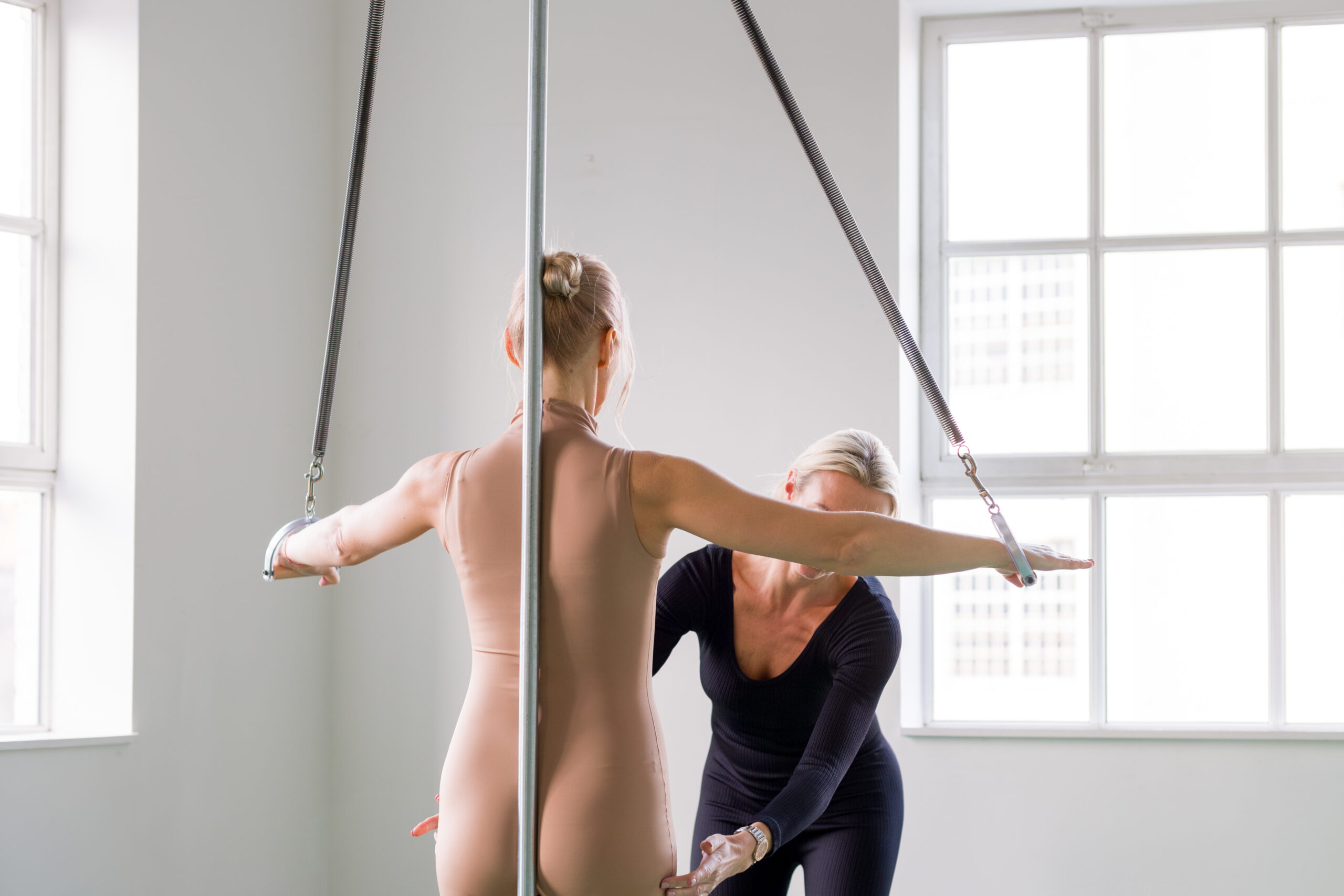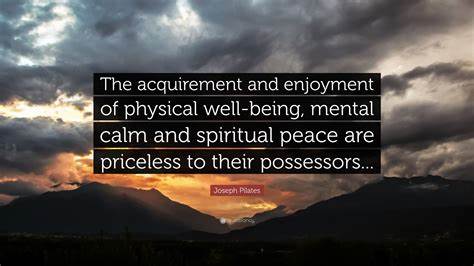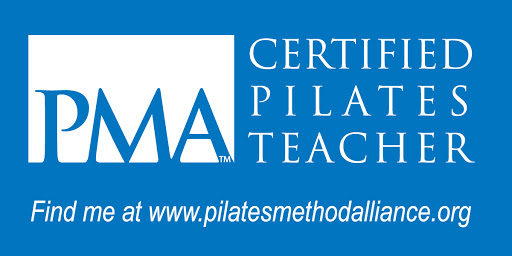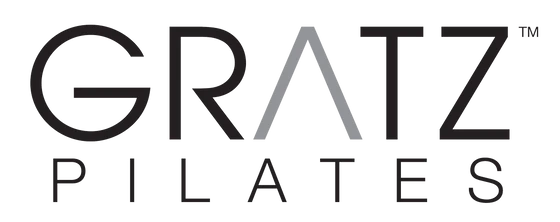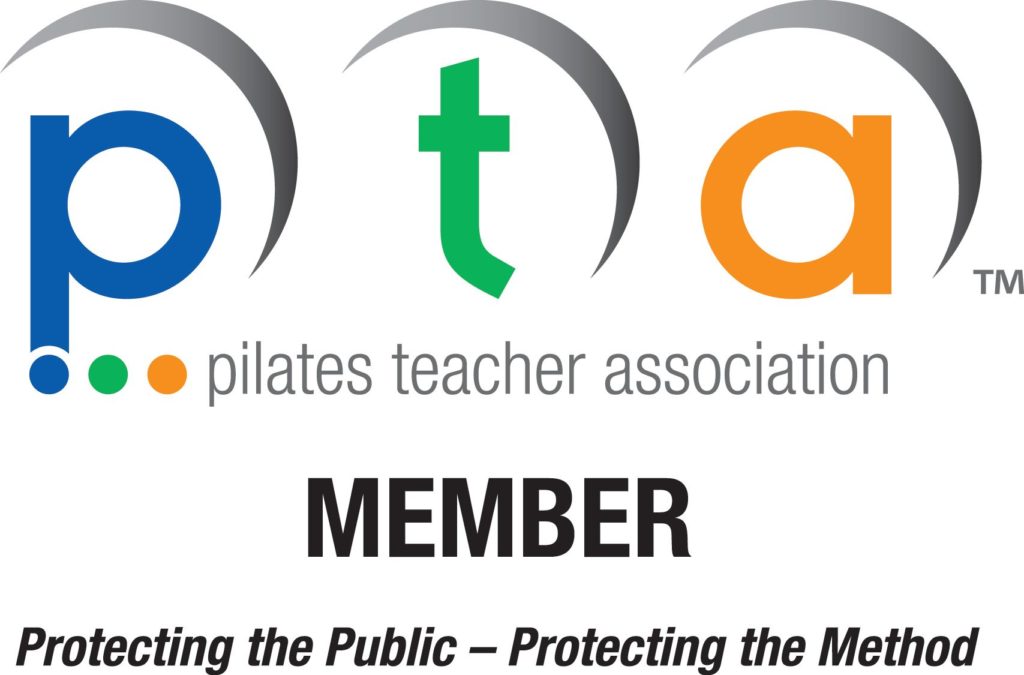How to Remember the Pilates Mat Order: The Exercises
Andrea Maida has written a wonderful blog post that inspired the one your reading here. Find her post here.
The Reformer Work is divided up into exercise “Series”: the Footwork Series – Rowing Series – Long Box 1 – Long Stretch Series – Stomach Massage Series – Short Box Series – Long Box 2 – Knee Stretches – Balance Controls and Splits.
But the Mat Work isn’t broken down into exercise series – it’s just one big long series of 24 (plus a few extra) exercises. This makes it hard to memorise – vital if you want to get through the exercises with any degree of flow to develop stamina…
So, here is my take on grouping the Mat Work exercises into “series”, just like it is with the Reformer. I believe it really helps memorisation of the Mat Order.
The Exercise “Series”…
The colours show relative difficulty:
Foundational: learn these first;
Core Exercises: Intermediate: it’s the “core” of The Work;
Advanced: challenges…
Some exercises have more than one colour. For example:
- Sidekick Series – some of the side kick exercises are Foundational and some are Intermediate.
- The Teaser
Warm Up
- The Hundred
- The Roll Up
- The Roll-Over
- The One Leg Circle
- Rolling Back
This is the Warm Up: breathing, rolling & unrolling your spine from top to tail and then from tail to top.
Both the One Leg Circle and Rolling Back are abdominal exercises in disguise whilst Rolling Back gives us an additional spinal massage to round it off before we get serious!
Within these five exercises is the whole essence of Pilates: mobilising the limbs around a stable spine and stabilising the spine around moving limbs, and the transitions in between (Sean Gallagher).
Now start at the top of your head. Pretend you are a sack of potatoes. Now, let the potatoes roll out of you, one by one, until you’re completely empty, an empty sack, empty of tensions, problems, troubles, and all the rest of it. You’re just relaxing, letting go. The last potato is out and gone. Nowm start to fill up with new potatoes, new energy, happiness, prosperity, vitality. Are you finished? Are you full?
The Series of Five
aka “Abdominal Series” – but it’s really about the spine…
- One Leg Stretch / Single Leg Pull bent
- The Double Leg Stretch / Double Leg Pull Bent
- Scissors / Single Leg Pull Straight
- Lower Lifts / Double Leg Pull straight
- Criss Cross
Abdominal Series (but what if I told you this is all spine exercises?): I love to think: single leg then double leg to double the load done twice to prep for our first rotation… in other words: uni-lateral to challenge stability in rotation and bi-lateral to challenge our stability lengthwise…
The Sitting Up Series
- The Spine Stretch
- Rocker with Open Legs
- The Cork-Screw
- The Saw
A short respite from the “Meat and Potatoes” hard work
We start the series sitting as tall as we can and spine stretching over our legs. That can be tricky if you have a tendency to hinge at the hip.
The Rocker with Open Legs is the rocking evolution of the Spine Stretch Forward: it’s the same exercise but rocking backwards and forwards..
Just like the previous mini series, the end of this little series adds rotation. the difference is that now we are sitting up unlike CrissCross.
The Roll Over (the third exercise) has evolved and now it has added rotation to the mix and then we return to sitting and the Spine Stretch but now with rotation as well!
The Prone Series / The Back Series
Or, the “Strengthen your Back and stretch your Front” Series
- The Swan-Dive
- The One Leg Kick
- The Double leg Kick
- The Thigh Stretch
- The Neck Pull – the spinal stretch after so much extension
This is the first time we have front-side stretch and back-side strengthening. Everything up to now has been focussed on front-side strengthening.
And these exercises are all in preparation for The Shoulder Bridge and the ultimate front-side stretch: Rocking.
Tight hip flexors? Then, these exercises are all your best friends!
Upside Down Series/Leg Series
“Inverted Leg Series”
- The High Scissors
- The High Bicycle
- The Shoulder Bridge
We met the scissors before, but we were laying on our back. Amd it’s an exercise also done on the Cadillac: Leg Springs Series. Now without springs to push against control has to come fully and completely from our own efforts.
Remember Rolling Back? That was our first inversion – now we are a little more upside down.
The Gran Finale of this series: The Shoulder Bridge puts everything we’ve been practicing in the six previous exercises!
It’s a perfect (and challenging ending to this little series). Once again, it’s a one-sided exercise.
The Intermission
… but don’t go to the bar quite yet!
- The Spine Twist
- The Jack Knife
Two opposites. The Spine Twist has us reaching up through the crown of the head but the Jackknife has us reaching the opposite way: up through the spine but upside down.
The Jack Knife: this is the first time we really reach to the sky, but tail first, not head first!
I like to think that these two mark a pause… not that you’ll be resting, but they’re totally different and defy my attempts at categorisation. The Spine Twist – looks easy. Looks can be deceiving but if you read Joe’s original instructions it becomes a beast!
… with two (2) further supreme mental and physical efforts, strive to better your original first attempt.
The Balancing Series / Side Series
- Sidekick Series
- The Teaser
- The Hip Twist with Stretch Arms
This little series leads up to the quintessential Pilates exercise: the Teaser – and it’s all about balance and equilibrium.
First the Side Kick is a Teaser with just one leg.
Then we get to do the Teasers proper.
There are different Teaser variations and one of them involves rotating the torso and arms in one direction whilst swinging the legs around in the opposite. The Hip Twist is similar, but we can support ourselves on our hands. It’s a pity that it doesn’t make it any easier – it just adds further difficulties! Thank you Joe!
The “Reduce your Base of Support” Series
Planks for Shoulders and wrists
- Swimming
- The Leg-Pull Front
- The Leg-Pull
- Side Kick Kneeling
- The Side Bend
Decreasing the amount of support we have to support ourselves.
First more back strengthening with Swimming, then we support ourselves on hands and one foot face down.
We flip over to the otherside to repeat thee operation and then we have a big lazy (not really) cat-like stretch with the bare minimum of support: the side of one foot and one hand.
The “Rocking & Rolling Extravaganza” Series
- The Boomerang
- The Seal
- The Crab
- The Rocking
This is a true rolling extravaganza! We revisit the Teaser in the Boomerang – which is quite slow as we have outstretched limbs, but then with the Seal and the Crab we can get progressively faster as the ball we make gets smaller and smaller… until… the ultimate front-side stretch: Rocking!
And how I love to hate thee, oh “Rocking”…
The Ending
- The Control Balance
- The Push Up
It took me a long time to get my head around these seemingly unconnected exercises. They just seem so different!
But, Joe Pilates does like to remind us of what we’ve done before. He calls the exercises “multiplication tables” and “evolutions” that build on one another into ever more complex “evolutions”. I LOVE that!
Both the Roll Up and the Push Up roll our spine from Top to Tail and the Roll Over and Control Balance roll us from tail to top.
It’s worth saying that the Pilates’ Push Up has a roll down from standing to the Push Up proper and then a Roll Up to standing. Joe tells us to do it three times. So, the focus isn’t on how many push ups you do, but the Rolling and the Unrolling back up to standing. You lift and lower your whole weight three times!
They are more complex variations and that is how Joe told us that Contrology works in his Pilates Pamphlet:
(Once) kindergarten movements – the “multiplication tables of Contrology – learned, new evolutions are taught: first by example, then precept, then criticism, admonition, encouragement, the student progressing imperceptibly from elementary to higher (more complex, more difficult and combinations thereof) movements

